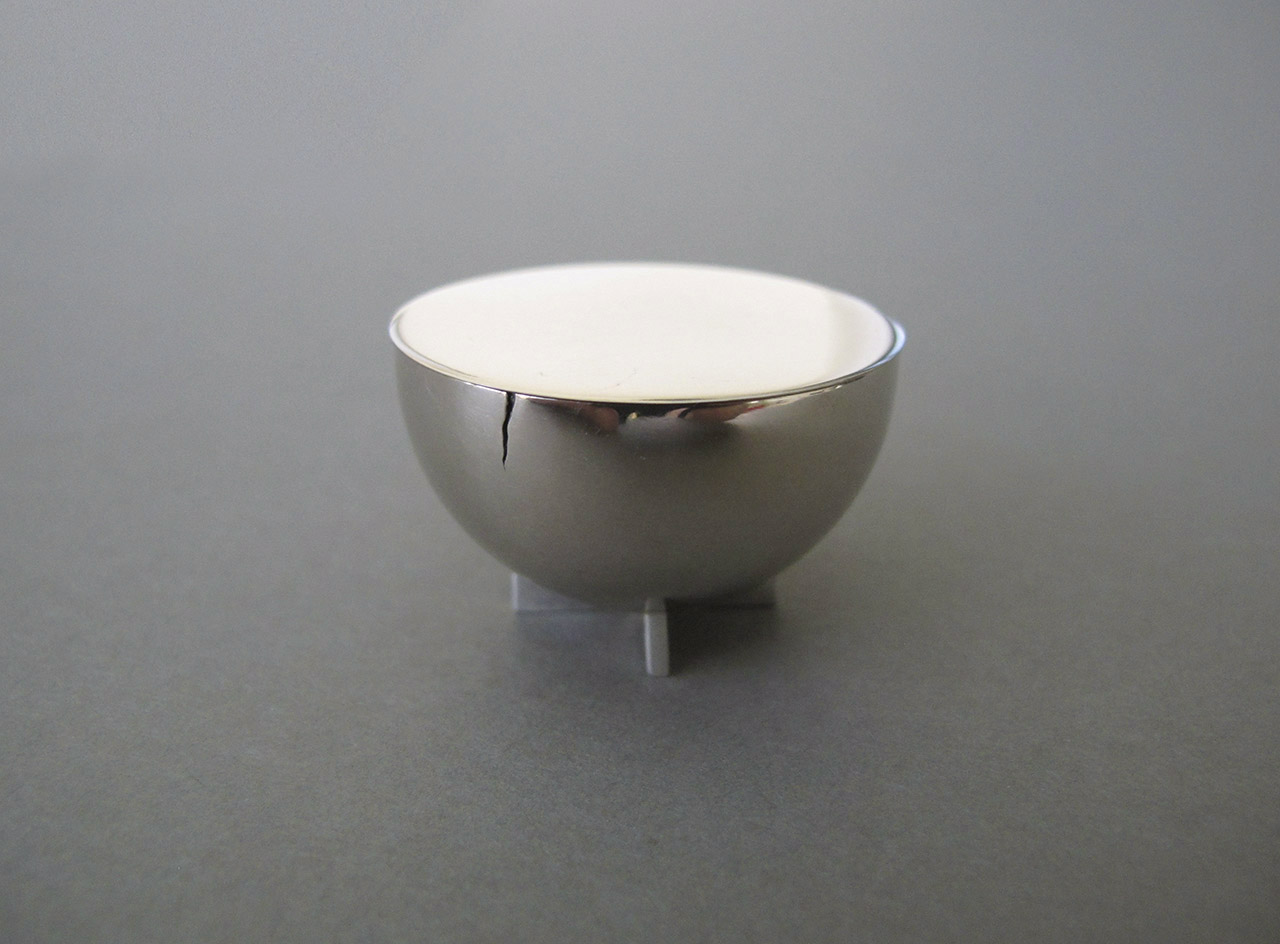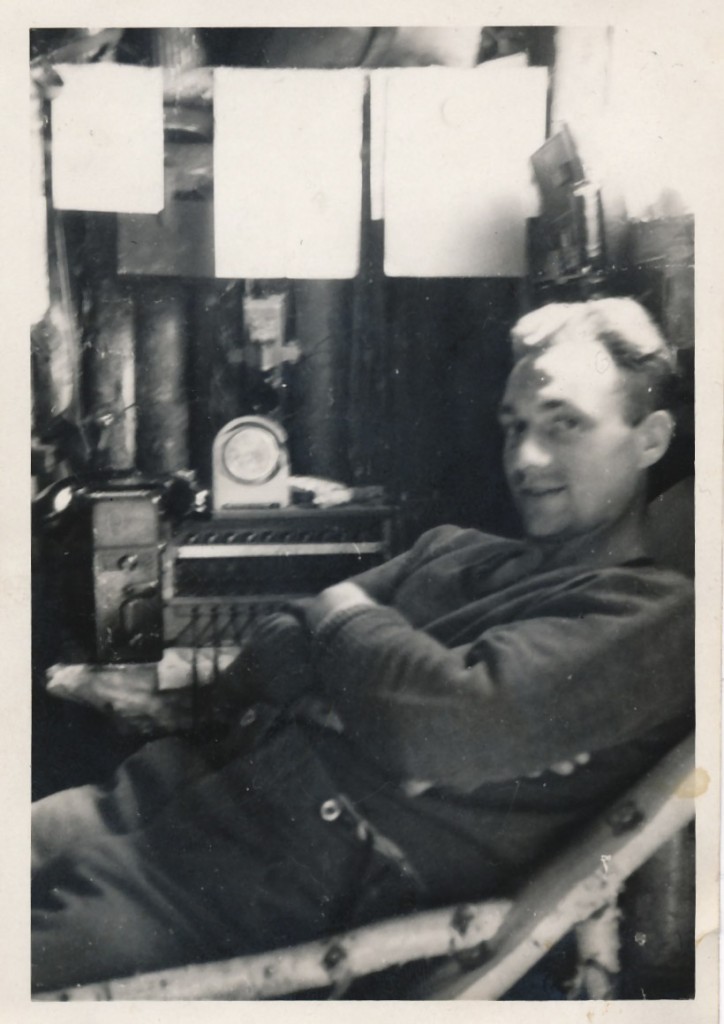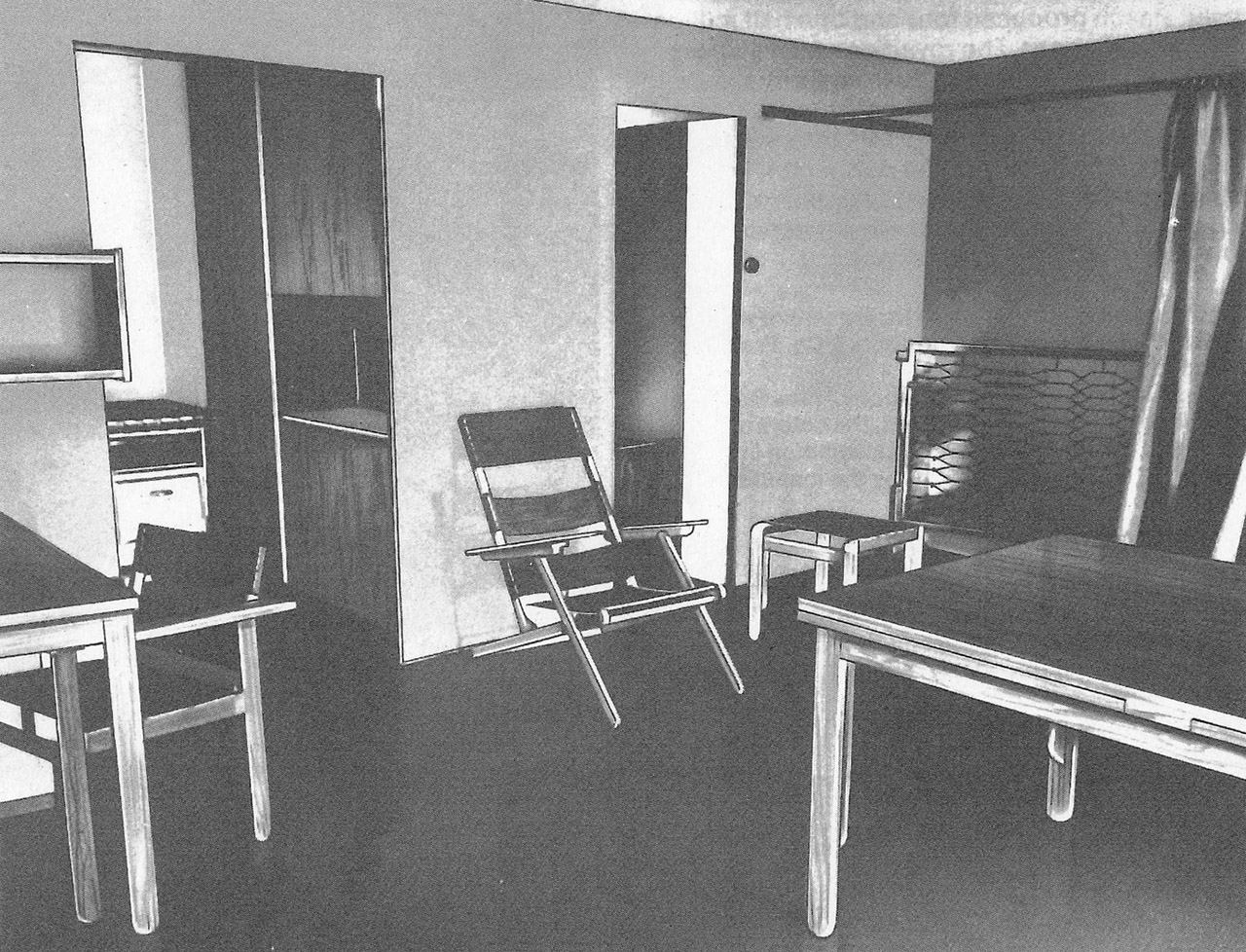The title of this work “always trouble with grandparents” gave also name to a group show at Künstlerhaus Sootbörn, a unique Bauhaus architecture in Hamburg. In a collaboration with artist colleagues Kyung-hwa Choi-Ahoi, Nikos Valsamakis and Amit Epstein, we developed an exhibition about aesthetic imprints. We all carry an aesthetic heritage from our ancestors and as the narration of history, or better histories, is full of shifts, ruptures and neglect, notorious aesthetics could be seen as continuous heritage in our judgements.
My contribution is a speculation about my two grandfathers. Both humanists and interested in culture and design (or “good taste”, as it was named) they joined World War II as soldiers – one as electrician and radio operator, the other as a convinced nazi and merchant by profession. Already to old to fight, he became an officer for supplies in Eastern Poland. My youth was full of their stories and discussions about the untold stories, but also their furniture, art, books and music. After they passed away, I inherited some items, among these a small bag with golden teeth of unknown origin. Golden teeth were a kind of parallel currency during second World War, often looted from concentration camp inmates. As nobody in the family talked about it, they got a poisoned heritage for the third generation. All my attempts to research the origin of these teeth lead only to some basic information – probably made between 1920 and 1940, probably from Eastern European. For many years, I did not know, what to do with it and instead my friend Amit Epstein used them as props in his film trilogy “Stockholm Syndrome”.
With the help of goldsmith Caroline Krose, the teeth were melt and reworked as a small pillbox, referring to a design of Bauhaus artist Marianne Brandt. Due to the high amount of palladium in the gold alloy, the color turned almost silver and the brittle material cracks under the forging process. Resistance of material. The pillbox is not really useful or necessary. It’s a speculation, what my grandfather, who loved his Wagenfeld salt shaker and other Bauhaus designs, would have done in his void of guilt, tenaciousness and silence. In the exhibition the pillbox is on a pedestal and on the wall a photo of the golden teeth together with a report of his deployments during World War II ( a so-called WAST document). A second photo shows my other grandfather as a soldier in a self-made chair in a funkhole during the war. Researching the design of the log-furniture, I found a then popular fold-up chair from the Bauhaus Möbelwerkstätten – model ti 240, a design by Josef Albers. With the help of artist David Hepp, I rebuilt the chair with branches of birch and in the exhibition added the named photo and his report of deployments.













